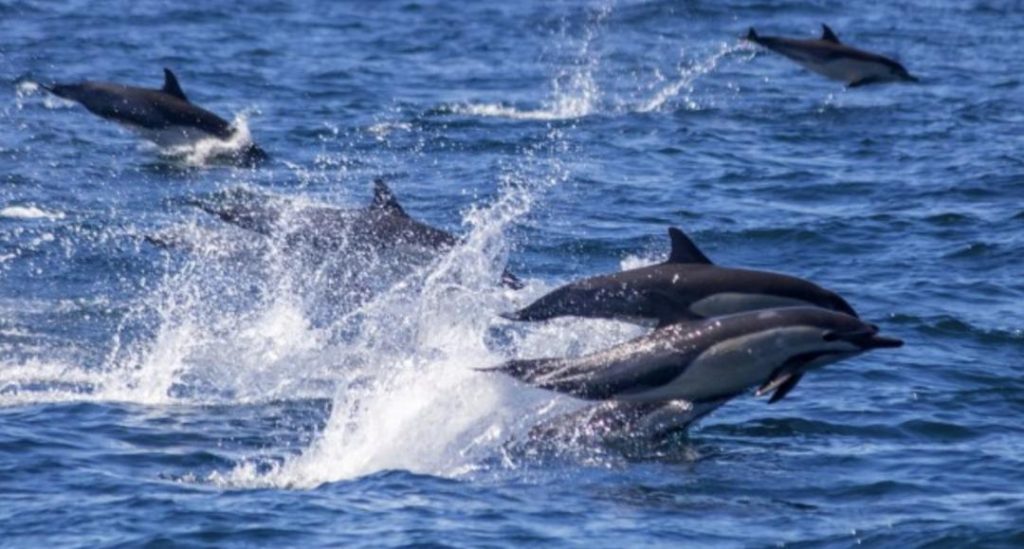
Dolphins & Whales Regularly Socialise with Each Other: Study
For a long time, humans have been fascinated by the intelligent and social nature of dolphins. We have observed them playing, communicating, and even helping other animals in distress. But a recent study has shed light on a lesser-known aspect of their social behavior – their interactions with whales. Researchers from Griffith University have found that dolphins and whales regularly socialise with each other, and their playtime is often mutual.
The study, published in the journal Marine Mammal Science, analyzed videos and photographs of interactions between baleen whales and dolphins, covering 19 species across 199 separate events. The findings showed that dolphins and whales frequently socialise and engage in playful interactions. The most common interaction observed was dolphins swimming near the whale’s head, which suggests a strong interest in the whales’ behavior.
One of the most surprising aspects of the study was the level of reciprocity between the two species. Unlike humans, who often dominate or manipulate each other in social interactions, dolphins and whales seem to engage in mutually beneficial play. This playfulness is not limited to a specific species or age group, and was observed across various baleen whale species, including humpback, minke, and blue whales.
The study’s lead author, Dr. Rochelle Constantine, explained that the researchers were surprised by the level of social interaction between dolphins and whales. “We expected to see some level of interaction, but the frequency and complexity of the interactions were much higher than we anticipated,” she said.
Bottlenose dolphins were the most involved dolphin species in the study, and were often seen swimming alongside whales or playing with their fins. This is not surprising, given the well-documented intelligence and social complexity of bottlenose dolphins. However, other dolphin species, such as spinner and striped dolphins, were also observed interacting with whales.
The study’s findings have important implications for our understanding of dolphin and whale behavior. By observing their social interactions, we can gain a better understanding of their communication and social structures. This knowledge can be used to inform conservation efforts and improve our management of marine ecosystems.
The study also highlights the importance of protecting marine habitats and reducing human impact on the environment. As we continue to pollute and destroy marine ecosystems, we are putting the very survival of these intelligent and social species at risk. By taking steps to reduce our impact on the ocean, we can help ensure the continued well-being of dolphins and whales.
In conclusion, the study’s findings provide a fascinating glimpse into the social lives of dolphins and whales. By observing their playful interactions, we can gain a better understanding of their behavior and social structures. As we move forward, it is essential that we continue to study and protect these incredible creatures, and the ecosystems they inhabit.






